Originally published by The Underbelly on April 10, 2018
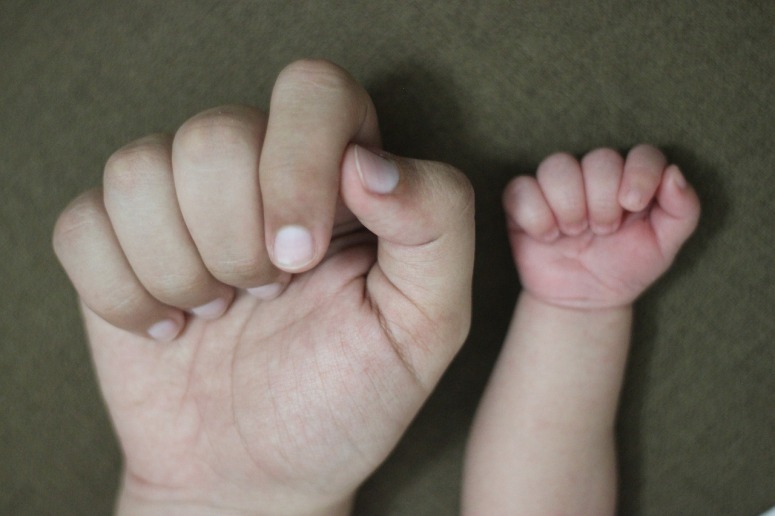
I was diagnosed with breast cancer over the summer of 2009. My husband and I were about to get married, merging our two smaller families and moving the smallest of the two—mine—across two bridges, an interstate, and two parkways. Our children were six and ten months apart; my son became the “middle child” overnight. They were nine, nine-and-a-half, and ten years old, and the transition from buddies to siblings was boisterous, busy, and messy as we unpacked boxes, played, and explored the local area. While they slept or entertained themselves, I frantically researched area doctors and healthcare options. I wanted to keep things as normal as possible for the kids, and we waited to tell them the news of my diagnosis until we had more information to go by.
Needless to say, it was a relief when school started. It was easier to get to appointments, do research, and process fears about my diagnosis and the unknown ahead. I was able to let down my guard—to cry if I needed, go for a nature walk by myself, or reach out to a comforting ear. Then I would pull it together again in time to pick them up from school.
Now, A Plan
After a number of “second opinions” I settled on a medical team and plan of action. My surgery was scheduled for October. We told the kids and their teachers. Our house was half a mile from the elementary school. I walked them to school each morning, and met them in the afternoon to accompany them home. I answered their questions honestly but simply. Our new, larger family had been together less than three months before my mastectomy.
My husband was able to take off two weeks from work when I had surgery. He had little prior experience in the kitchen, and the week he went back to work, the kids were begging me to start cooking again. I knew I wasn’t up for it, but they offered to help. Soon they were all enthusiastically chopping vegetables. Whoever attempted to tackle the onions was tearing fiercely. I don’t remember which one thought of it, but they ran to the toolbox and pulled out the goggles to protect their eyes. We laughed so hard! It looked ridiculous, but we managed to finish the meal together. Everybody stepped up to help out. They didn’t always want to, and couldn’t truly understand what it was like to be recovering from surgery and juggling homework questions and sibling squabbles.

Everyone helping, even if goggles were needed.
I remember the first afternoon I walked to meet them at the school, when my husband had returned to work. I was light-headed and exhausted, and one of the kids started complaining about being tired and how long the walk home was, and I realized they had no clue how much pain I was in. Sometimes I told them . . . but more often I tried to steady myself, take a deep breath and find something else to focus on—because whenever I expressed how lousy I was feeling, it never seemed to improve any of our moods. I was better off finding other outlets to express the heaviness of my experience. Walking at the beach, writing in my journal, and heart-to-heart talks with my grown up support system helped me be more balanced and present for my kids.
Sometimes, their innocence would be so sweet, as they slipped one of their hands inside mine, hugged me carefully, or asked quietly if I was going to be ok. I struggled with Halloween costumes; the Superman cape for our oldest wasn’t finished before my surgery. Soon after I had clearance to begin driving, we trekked through unknown territory to buy paint and supplies to finish the others. I remember feeling so weak that I wasn’t sure I would be able to stand, but gradually found the places I could push through and the limits where my body demanded I stop everything and rest. My step-son’s cape was done the day before Halloween. Ten-year-old Superman surprised me, kissing me on the nose, and initiating an “I love you” himself for the first time.
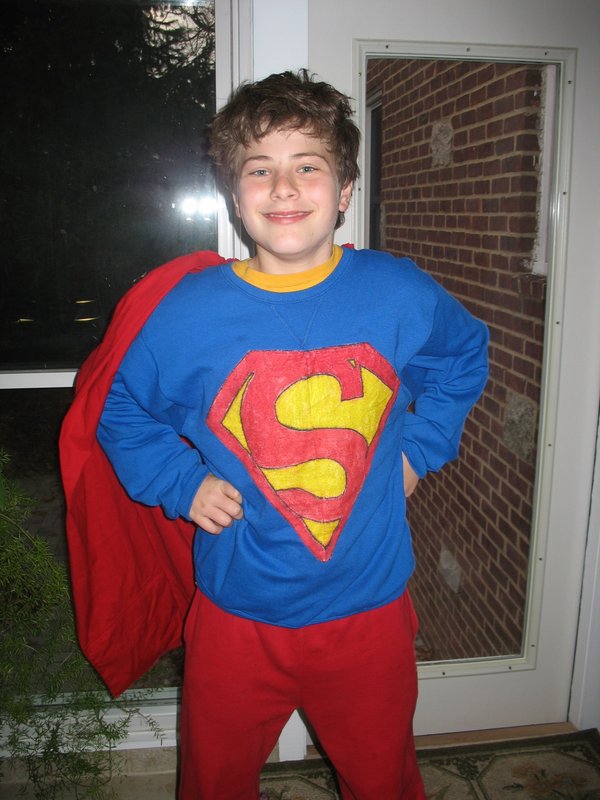
Superman
Mothering and Healing
Healing was a combination of what felt at the time like growth mixed with setbacks: nausea, exhaustion, trying to meet as many of my own needs and my family’s needs as I could, and having to ask everyone else to rise up to fill in the blanks. I did better when I lowered my expectations of us all. Focusing on the fact that we were fed and clothed each day and basically got along was far more productive than thinking about all of the things I couldn’t do while recovering, or if someone else in the household did chores differently—or less thoroughly—than I ordinarily would have.
Looking back from my current vantage point, each seeming step backward was as much a part of our individual and family growth as the moments where the children shone. There was a rather constant stream of questions: when would I be up for doing such-and-such a project, when could we get a dog, when could I do my step-daughter’s nails, when could we visit this or that friend… I think we were all trying to gauge our current family situation and what of our “new normal” would pass, and when. I was much more irritable than usual, and the kids seemed to test limits regularly with one another and with me. When my husband came home from work, all three ran to greet him with big hugs. I felt woefully inadequate at times.
Eventually, I grew stronger again. I found my sense of humor one day. It had been tucked away in some nearly forgotten corner, and took us all by surprise when it was discovered and dusted off. We used to joke around together regularly, but for what seemed like a long time, I hadn’t fully been myself. My mother had a terrific sense of humor despite a lifetime of chronic illness. This skill did not come naturally to me; I had to work hard at cultivating it. We ate dinner in the yard on a blanket, on a sheet in the living room; eventually at the park or the beach. There were many mature moments: our kids pitching in to fold laundry, set the table or sweep, and selflessly sharing prized possessions to help build harmony.
Growing Together
Four years later, I prepared for my second mastectomy, which was prophylactic. In the interim, I had regained my strength; known the joy of motherhood once more, and heartache from the loss of my beloved mother.
I came across a book about a girl whose mom had breast cancer. The story was a good starting place, but not everything applied to our situation. I decided to rewrite the parts that differed from our story, and substituted the terminology I was using with my two-year-old. I pasted my newly edited version over key parts of the book, and read it regularly with my daughter. Our older children knew what to expect, but I knew my littlest needed more preparation. I struggled finding simple words to explain why I was having my breast removed and what it would be like while I was recovering. My daughter called my breast my ‘nurser’ because it was literally the part of my body that nursed (breastfed) her. I decided to focus on terminology she could understand, and hold off on introducing heavy vocab words like “cancer,” “genetics,” and “BRCA” until she was older.
My little one used to fall asleep with her head nestled on my singular breast. I savored those special naptime and bedtime snuggles. After my second mastectomy, I was no longer able to hold her in that way. Even after my incisions had healed, the weight of her head was uncomfortable to me, and with my lack of soft tissue, she couldn’t get comfortable. We kept hoping that we would find a new special way to snuggle at bedtime. Sadly, every new position we tried didn’t feel right. My daughter sought out my curves and soft spots. Her hand would gravitate to my throat most often, which felt constricting to me. Sometimes she would reach for my cheek, or put her hand on my belly. Nothing seemed to satisfy her need for closeness the way our special snuggle had.
Individual Needs
I did my best to support my daughter in her process. I knew she was grieving and trying to understand what had happened. Sometimes she lashed out with big, uncomfortable feelings. One day, a couple months after my surgery, she asked if she could touch my chest. The incisions had closed, and I decided to let her. She had stopped breastfeeding shortly before my surgery. My breast had literally nourished and nurtured her. Her little hand touched my scars so gently, so tenderly, and I could not hold my tears back. She asked what had happened to my ‘nurser.’
“It’s gone to the final resting place,” I told her. This had been my answer about where my mother had gone, the robin we found on one of our morning walks that we buried, and where we knew our dog (struggling with cancer) would be heading soon. My answer was a beginning—I wasn’t sure how to convey the rest, and my daughter couldn’t find the words to ask more questions at that time. I told her that my scars are very close to my heart and that the heart is full of love. This was enough for now, for us to be present with one another, to allow her to process in her own way, and for me to be gentle with myself through this process.
One night, my daughter awoke from a bad dream, saying, “I want you to be with me allthe time.” I love how well she was able to express herself and her needs. Prior to my surgery, I was always the one to put her to sleep. I missed a handful of nap times during my mother’s illness when my husband or a dear friend would watch her. After my surgery, for many weeks, my husband was the one who put her to sleep.
My ovaries had been removed at the same time as my breast and implant, so I could have one recuperation period. This meant that my little one could not even sit on my lap for six long weeks. Although she understood that I was healing and did not want to hurt me, it was difficult to find other ways of providing physical comfort and snuggling. Sometimes I would put my arm around her as she sat next to me, with pillows around and between us. It was a tremendous relief to both of us as the pillows lessened, and as she was able to resume sitting on my lap and being held.
When spring came, we spent more time outside. We planted and watered the garden plants as usual, although slower than most other years. My daughter would say, “Come, Mama. Let’s sit and watch the plants grow,” with great excitement. And we would sit. I pointed to the birds as they flew by, and she learned them by sight and their songs. She dug in the dirt as I pulled weeds. Slowly, my strength and energy crept back.
About five months after my surgery, nearing my daughter’s third birthday, I was putting her to bed, and she asked if she could see my ‘nurser.’ She seldom asked about it anymore, and I had been surprised at her request. I reminded her that it was not there anymore, but she was welcome to look at the ‘nurser area’ if she wanted to. She looked at my chest for a long moment and then put her head on my belly. Seeming genuinely perplexed, she asked me where my ‘nurser’ had gone, as though it might have migrated somewhere else. She kept asking, “but where is it?” My simple ‘final resting place’ answer no longer sufficed.
I explained to my daughter that my first ‘nurser’ was broken a long time ago, that it had to go to the ‘final resting place’ because it was broken, before she was born. I told her that my doctor was afraid that my other ‘nurser’ would break. I had said this much before. Something allowed me in the moment to go deeper with her this time, and I told her that if my ‘nurser’ broke, it would have made me very sick. My ‘nursers’ went to the ‘final resting place’ so that I did not have to go there, so that I could stay here with her.
“I have no ‘nursers,’ but we have each other,” I explained.
She really seemed to take this all in. I hadn’t wanted to use heavy vocabulary with her or to burden her with the reality of breast cancer and hereditary risk factors at such a young age. Yet she wanted and deserved to know what was going on.
The next evening at bedtime, my daughter sat up next to me and began rubbing her fingers together, slightly above and over my chest. I asked her what she was doing. “Sprinkling soil and water,” she told me. “Like in the garden?” I asked. She nodded her head and said, “So it will grow.” My ‘nurser.’ I was deeply moved by her profound understanding of the cycles of life. We plant seeds, tend them, and they grow. At the end of the season, the living part of the plants brown and become part of the soil that will nourish new life again in the spring.
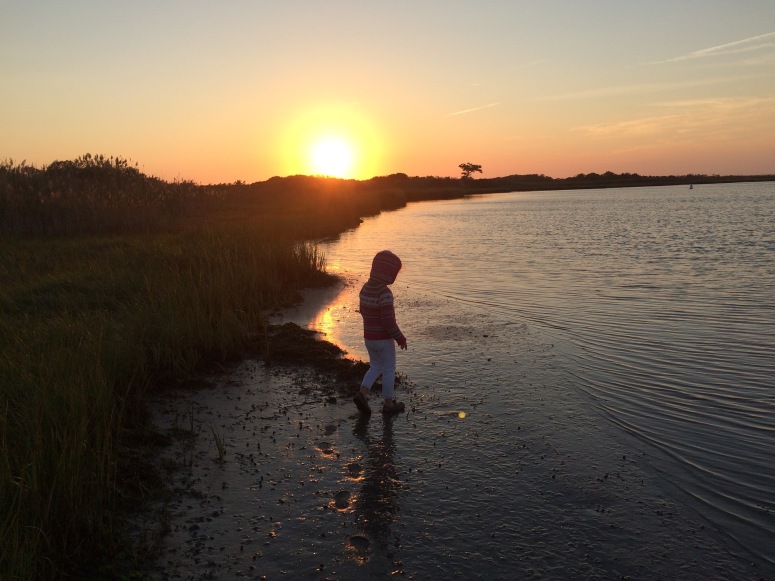
My daughter at sunset © Rebecca Pine
That tender moment between us seemed to foster deep-set healing. She never repeated the gesture, nor showed disappointment that my ‘nurser’ did not regrow. It did nurture the seeds of the heart—her tenderness and my tears enabled us both to express wordless emotions. Like dry earth quenched after a long rain, there was a new level of understanding between us.
My explanation of the ‘final resting place’ evolved to be far less ‘final’ than it sounds. The word ‘final’ was selected, not because I believed that this was where life ends, but to define the difficult to explain change that happens when life-as-we-know-it ceases to exist. Eventually, ‘The Beyond’ became the term I used to describe the unnamable dimension following the ‘final’ rest.
It has been important to allow each of my children to process their losses in the way best suited to them, and to support them in their process. In return, I have found clarity of my own. Parenting has a way of helping us distill our views of the world. It also presses us to expand them—especially when our definitions fall short of our children’s hunger to seek and understand the great mysteries of life.
© Rebecca Pine
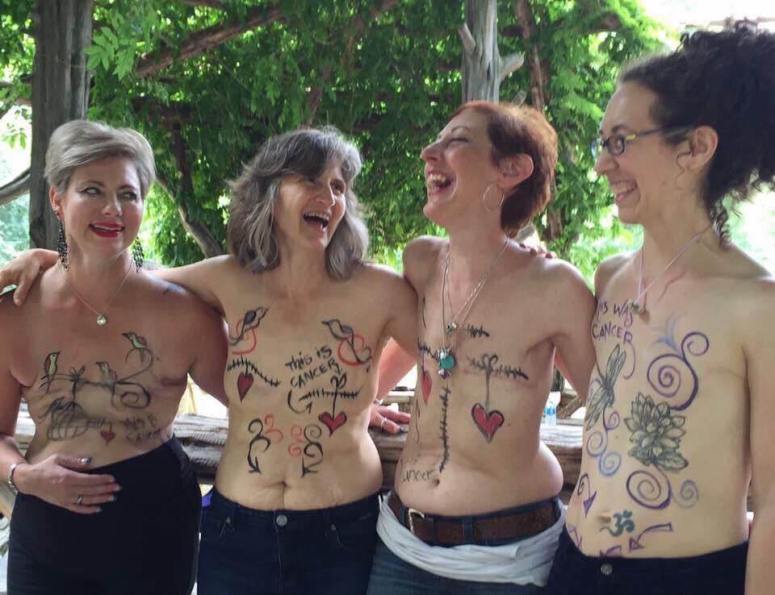
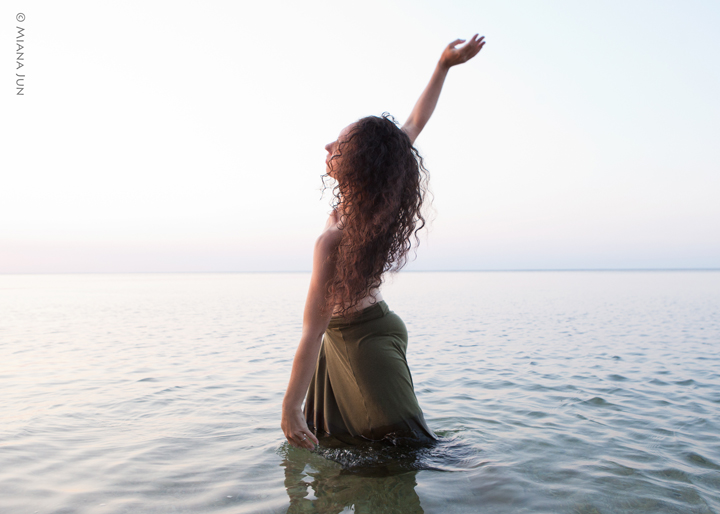
 Going flat was not something I seriously considered at that time. Not because I didn’t know that it was an option. My mother, in fact, had chosen not to reconstruct when she went through breast cancer nine years before me. I had not heard of women in their 30s going flat before, however, and I had certainly not seen photographs. Despite my simple drawings, I had difficulty imagining myself in that way.
Going flat was not something I seriously considered at that time. Not because I didn’t know that it was an option. My mother, in fact, had chosen not to reconstruct when she went through breast cancer nine years before me. I had not heard of women in their 30s going flat before, however, and I had certainly not seen photographs. Despite my simple drawings, I had difficulty imagining myself in that way. the center of my attention, and I seldom focused on any dissatisfaction with my reconstruction. After the birth of our daughter, I was able to breastfeed with my remaining breast. My medical team advised me to have a
the center of my attention, and I seldom focused on any dissatisfaction with my reconstruction. After the birth of our daughter, I was able to breastfeed with my remaining breast. My medical team advised me to have a  One night I came across a single image on the Internet, and it literally changed my life. It was a picture of a young woman on a beach with her children. She was topless and breastless, carefree and smiling. When I saw this image, I immediately felt a sense of freedom. I weighed out the pros and cons of each option. When I considered reconstruction, I tightened up inside. The idea of going flat brought a sensation of ease. Recognizing this gave me the courage to charter my own course. Breast cancer was no longer happening to me. This time I was making the choices that felt right in my core. While I felt sorrowful about losing my other breast, I felt blessed to be able to remove it preventatively, drastically reducing my lifetime risk of recurrence or
One night I came across a single image on the Internet, and it literally changed my life. It was a picture of a young woman on a beach with her children. She was topless and breastless, carefree and smiling. When I saw this image, I immediately felt a sense of freedom. I weighed out the pros and cons of each option. When I considered reconstruction, I tightened up inside. The idea of going flat brought a sensation of ease. Recognizing this gave me the courage to charter my own course. Breast cancer was no longer happening to me. This time I was making the choices that felt right in my core. While I felt sorrowful about losing my other breast, I felt blessed to be able to remove it preventatively, drastically reducing my lifetime risk of recurrence or Rebecca Pine was diagnosed with breast cancer in 2009. She is a writer and workshop facilitator for
Rebecca Pine was diagnosed with breast cancer in 2009. She is a writer and workshop facilitator for 

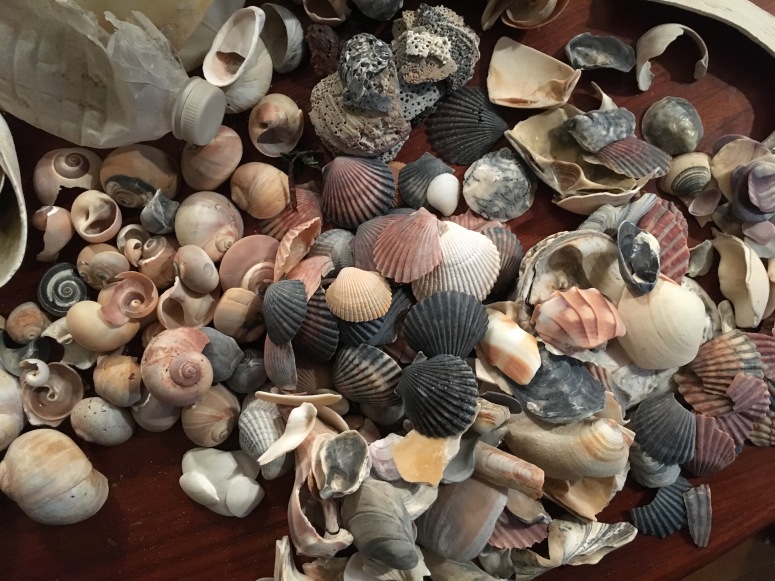
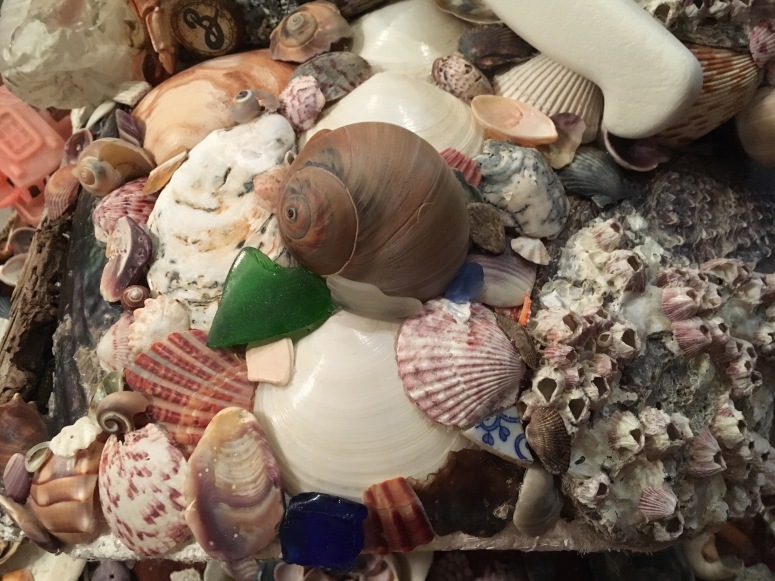

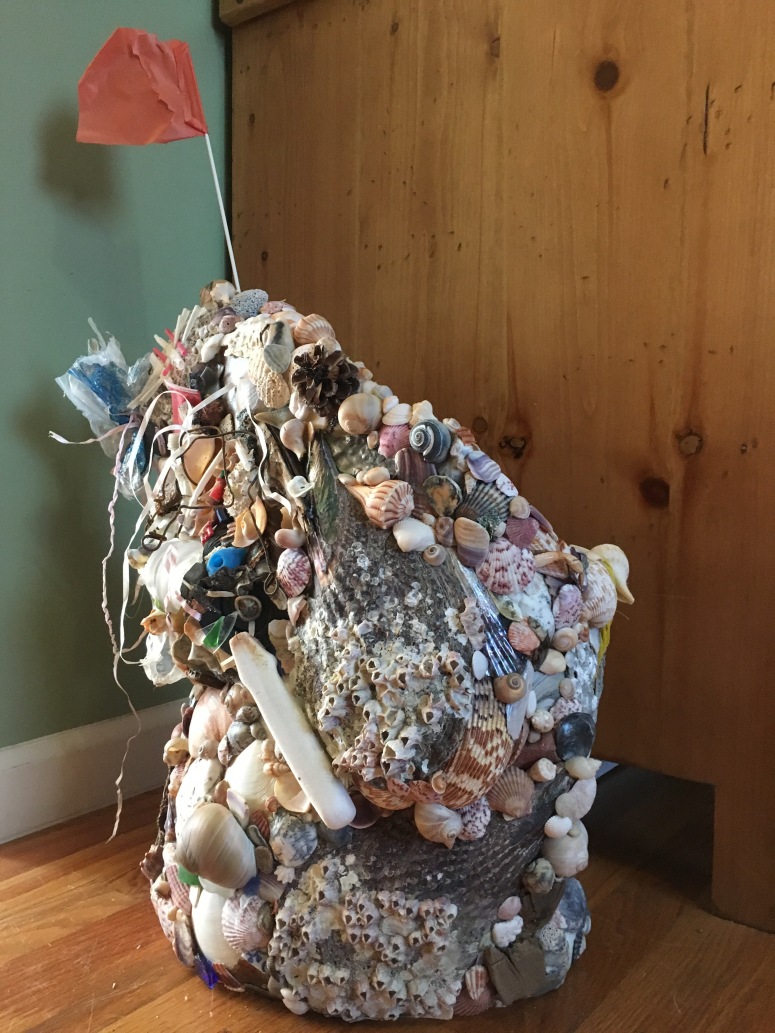


 There also appears to be no such thing as a mastectomy nursing bra. With no time to sew stretchy nylon pockets while juggling a newborn, I would tuck my breast form inside of my nursing bra. My little one would regularly pull it out, before I could even realize she was grabbing for it. Times like this call for a sense of humor … and it felt good to welcome the laughter.
There also appears to be no such thing as a mastectomy nursing bra. With no time to sew stretchy nylon pockets while juggling a newborn, I would tuck my breast form inside of my nursing bra. My little one would regularly pull it out, before I could even realize she was grabbing for it. Times like this call for a sense of humor … and it felt good to welcome the laughter.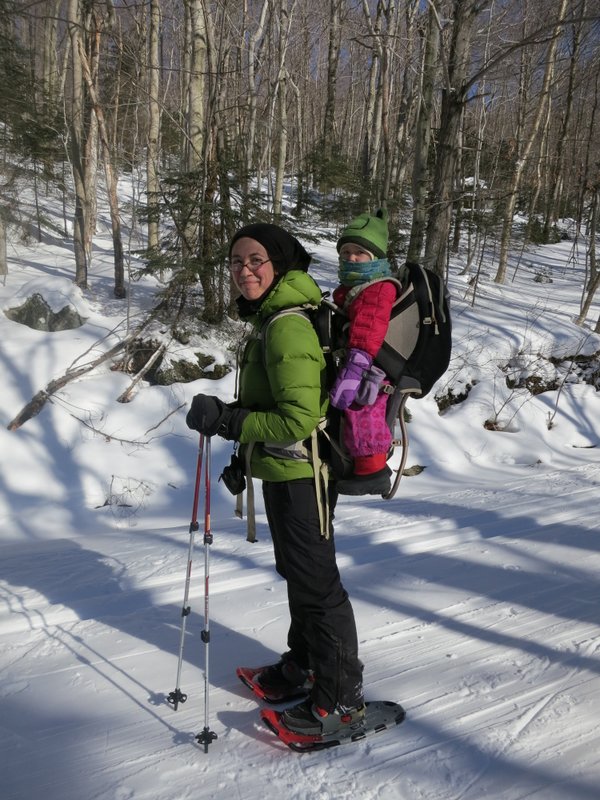
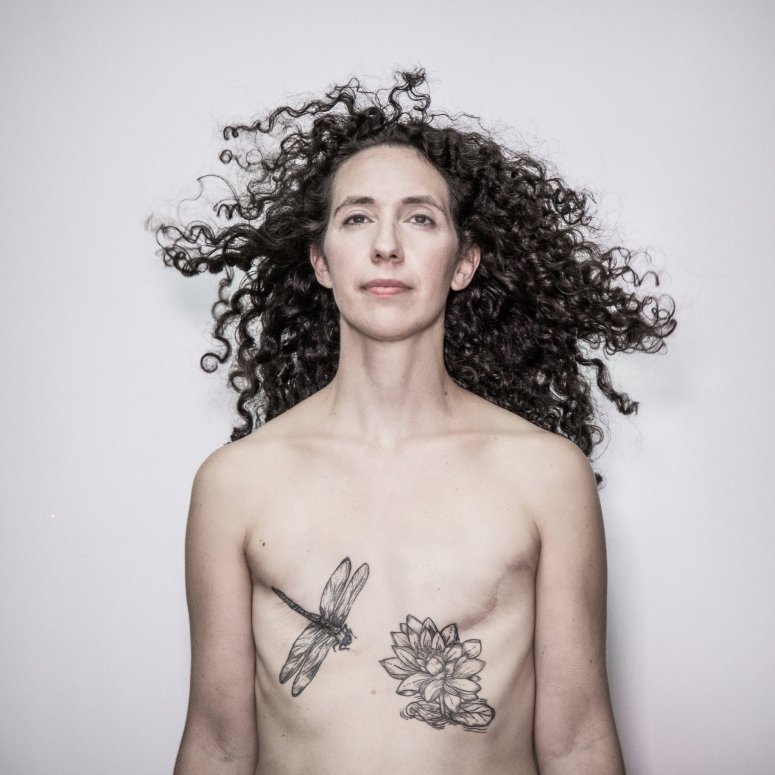
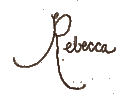
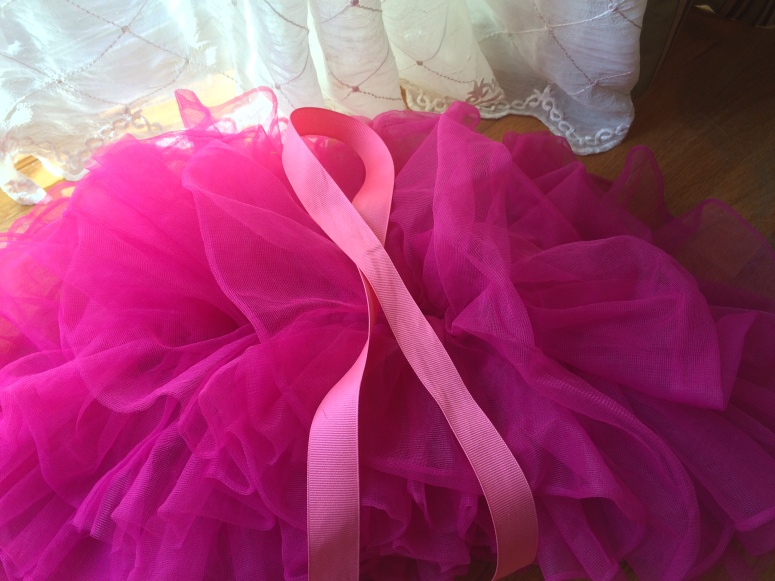 It’s October. Leaves are beginning to change color. It’s the season of hot apple cider, pumpkin spice lattés… and everything PINK! While there are certainly breast cancer survivors who embrace and enjoy the focus on “breast cancer awareness month,” there are many of us who dread it. Breast Cancer Action has coined the term “Pinktober,” and urges us all to “Think Before You Pink.”
It’s October. Leaves are beginning to change color. It’s the season of hot apple cider, pumpkin spice lattés… and everything PINK! While there are certainly breast cancer survivors who embrace and enjoy the focus on “breast cancer awareness month,” there are many of us who dread it. Breast Cancer Action has coined the term “Pinktober,” and urges us all to “Think Before You Pink.”